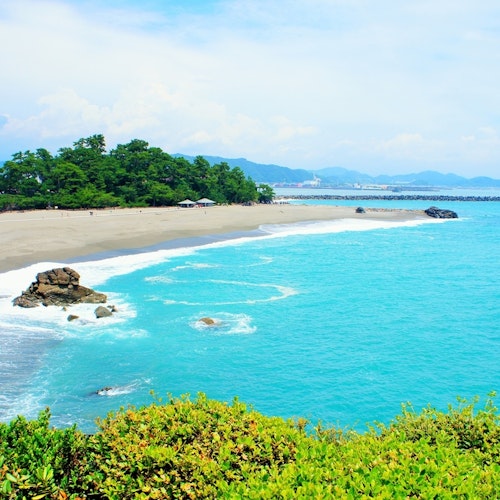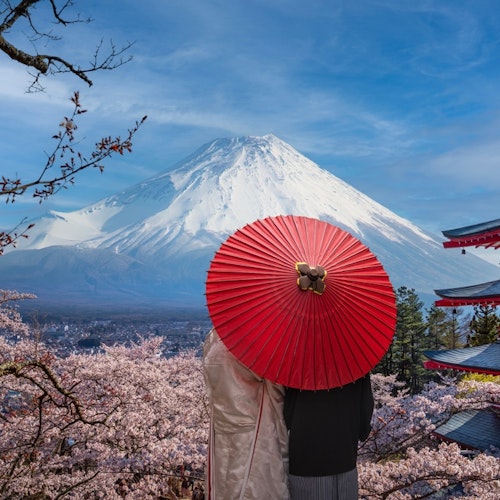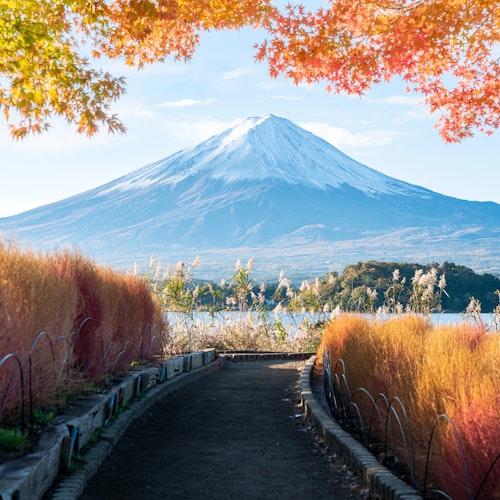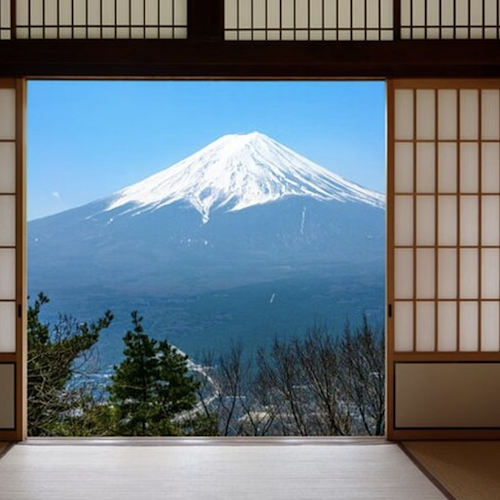
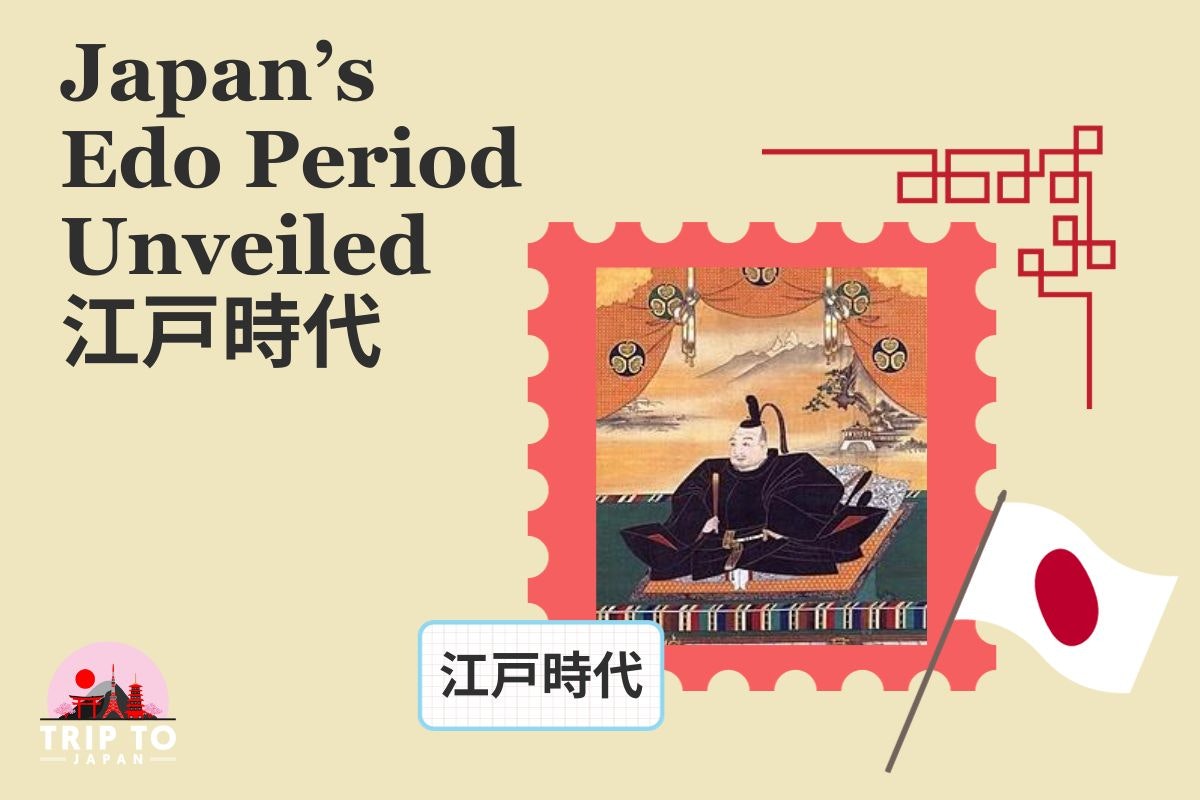
Dive headfirst into the mesmerizing world of the Edo Period (江戸時代), an era of peace, cultural innovation, and societal evolution in Japan! From 1603 to 1868, Japan experienced a time of unprecedented tranquility and artistic growth that deeply influenced its modern identity.
With Trip To Japan, embark on a fascinating journey to explore the subtleties of its vibrant culture, majestic architecture, and captivating tales that have been meticulously preserved from the Edo era. We promise this read won't just be a journey through time, it will be a journey into the heart of Japan itself!
Let's get started.
The Edo Period, or Tokugawa Shogunate Period, was a time of peace and prosperity in Japan. After the successful unification of feudal domains by Toyotomi Hideyoshi almost a century earlier, the Tokugawa rule over Japan ushered in an era of stability that would last for centuries.
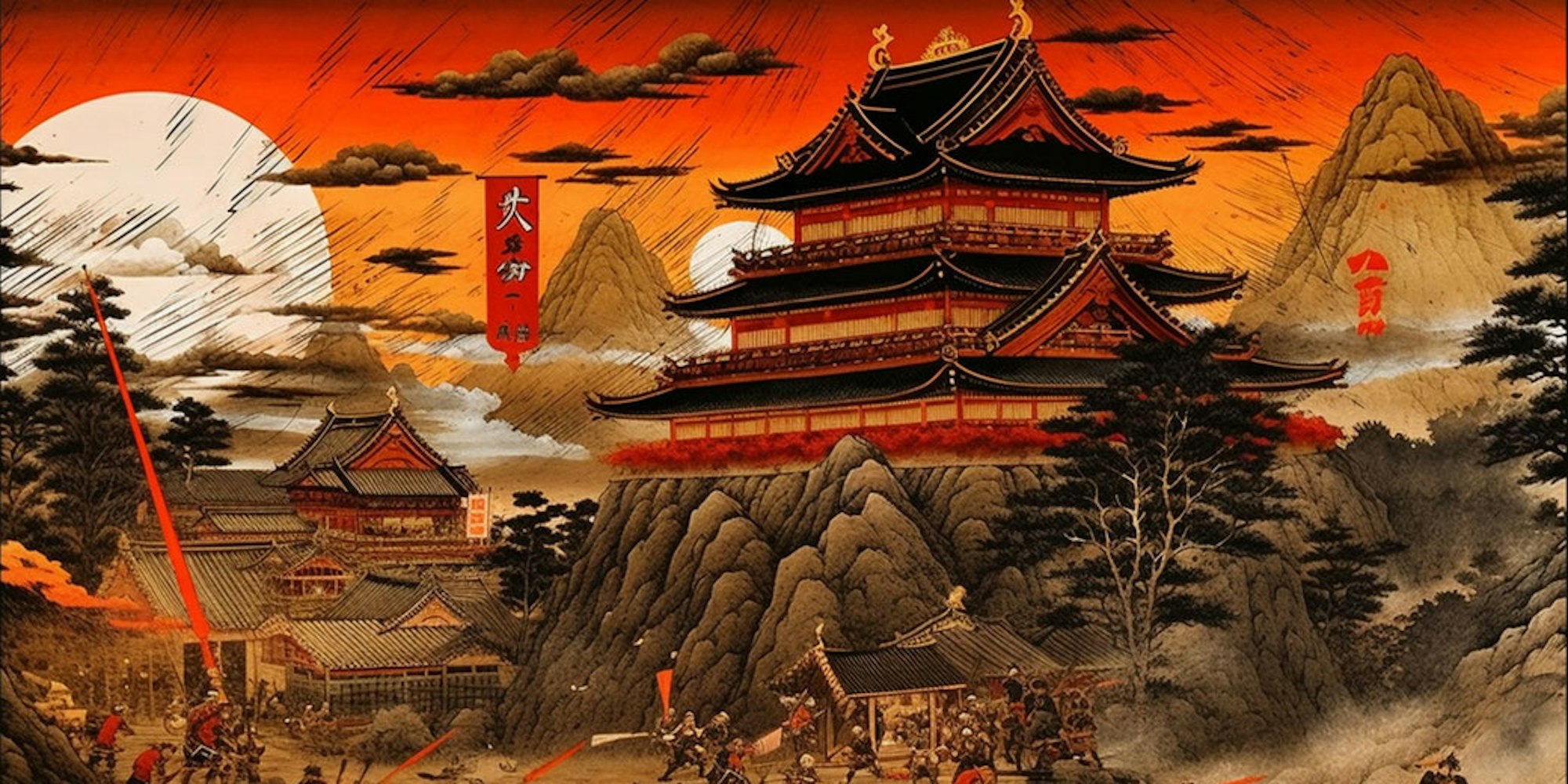
During this period, Japan was largely isolated from the rest of the world and enjoyed a period of self-sufficiency. With political stability, economic growth, and cultural advancements, it is considered one of the most successful periods in Japanese history.
To understand the Edo period, we must delve into the life of Tokugawa Ieyasu, one of Japan's most influential military leaders. He founded the Tokugawa Shogunate and established his capital in Edo (now Tokyo), which gave its name to the era.
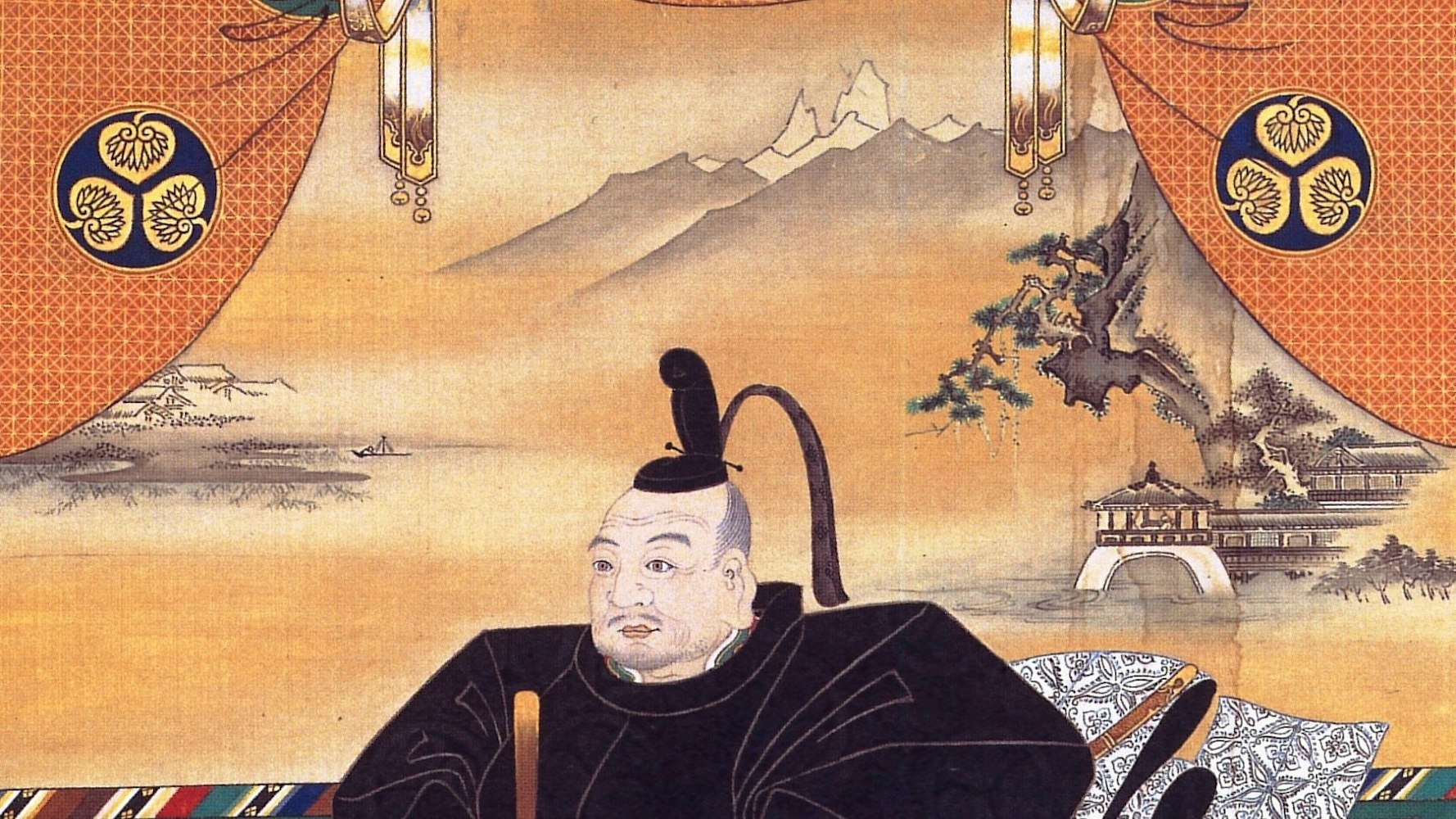
Ieyasu was a strategic mastermind who successfully unified Japan under his rule, bringing an end to the chaotic Sengoku period. He is also credited with laying the foundation for Japan's economic and cultural prosperity during the Edo Period.
The era takes its name from Edo, which is present-day Tokyo, where the Tokugawa Japan shogunate established its government. It is also occasionally referred to as the early modern period, as it was during this time that numerous characteristics of modern Japanese society began to take shape.
Following Hideyoshi's death in 1598, Tokugawa Ieyasu emerged as Japan's most influential figure. However, despite his earlier assurances, he disregarded Hideyoshi's successor Hideyori, driven by his ambition to establish himself as the unchallenged ruler of Japan.

In the 1600 battle of Sekigahara, Ieyasu defeated Hideyori loyalists and other Western rivals. This victory granted him almost unlimited power and wealth. In 1603, Ieyasu became Shogun and established his government in Edo (Tokyo).
The Tokugawa shoguns ruled Japan for an impressive 250 years.
Now, let us discuss how Japan flourished in the Edo Period with different aspects.
The Edo Period was a time of centralized government, with the Tokugawa Family Shogunate holding power over all aspects of Japanese society. The shogun was at the top of the social hierarchy and had absolute control over military and political affairs.
Underneath the shogun were roughly 300 regional lords known as daimyo, who were responsible for governing their domains and providing military support to the shogunate. This system of centralization brought stability and peace to Japan, allowing for economic growth and cultural prosperity.
Japan's foreign relations during the Edo period were marked by a policy of isolationism, known as Sakoku (Closure of country). This policy restricted trade and cultural exchange with other countries, allowing Japan to become self-sufficient in resources and protect its traditional values.
Despite the prevailing isolation, both domestic trade and agricultural production persevered and showed commendable improvement.
Ieyasu actively fostered foreign trade, forging diplomatic ties with both the English and the Dutch. However, during 1614 and onwards, he implemented strict measures to suppress and persecute Christianity.
During the Edo period, a prosperous commercial sector emerged, fueling the growth of bustling urban centers. This era also cultivated an educated elite, a sophisticated government bureaucracy, and productive agriculture.
These advancements laid the foundation for a closely unified nation, characterized by highly developed financial and marketing systems, as well as a well-established road network.
Agriculture was the backbone of Japan's economy during this time. With technological advancements, massive food production became possible. One such epoch-making advancement was the introduction of upland rice cultivation, which increased productivity manifold.
The production of rice experienced a steady increase, while the population remained stable, resulting in a rise in prosperity. Rice paddies expanded from 1.6 million chō in 1600 to 3 million by 1720, aided by advancements in technology that allowed farmers to better manage irrigation.
Japan's advanced forest management policy was developed during the Edo period, marking a significant milestone in its history. Lumber was an essential commodity, with high demand for construction and domestic use.
The Edo period saw the development of urban centers, with Edo becoming one of the largest cities in the world. Urbanization led to social and economic changes, including an increase in merchant-class wealth.
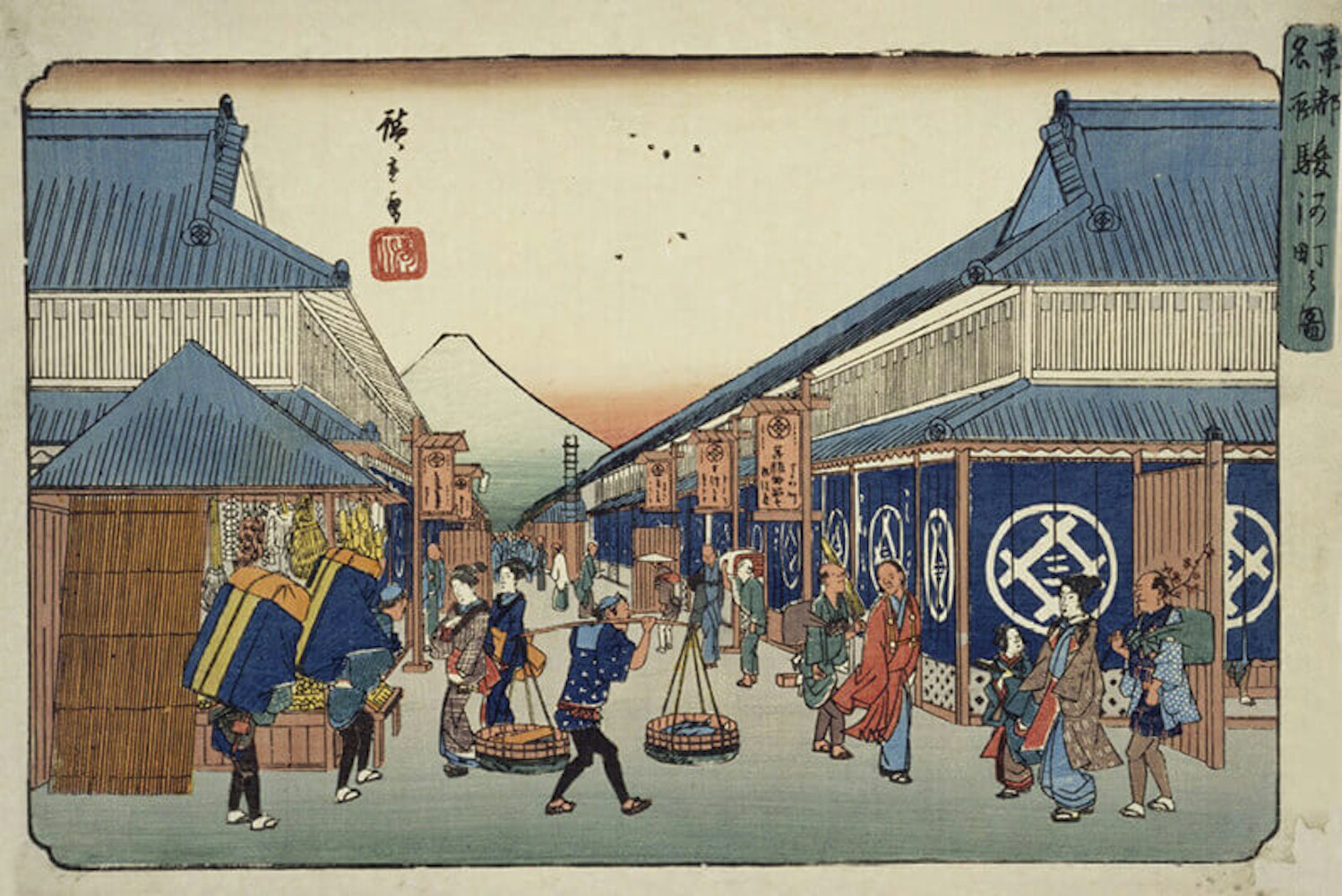
With a stable economy and increased trade opportunities, merchants became key players in Japan's prosperity during this time. The emergence of new industries and innovations also contributed to Japan's economic growth.
Despite the policy of isolationism, Japan continued to engage in international trade during the Edo period. The Dutch and Chinese ships were allowed to dock at designated ports, and private traders could travel to other countries under strict regulations.
This exchange of goods and ideas proved beneficial for Japan's economy and played a significant role in shaping its culture. The influx of foreign goods also led to the development of new industries, such as porcelain and silk production.
The inaugural shogun, Ieyasu, established Confucian academies in his domains, and other daimyos emulated this practice in their respective territories, giving rise to what became known as han schools Hanko.
Within a single generation, nearly all the samurai class attained literacy, as their professional pursuits often necessitated proficiency in the literary arts.
Local merchants and artisans in urban areas frequented neighborhood schools known as terakoya, which were often situated within temples. These terakoya schools offered a curriculum that encompassed not only religious teachings but also fundamental skills in reading, writing, and arithmetic.
An estimation of literacy levels in Edo indicates that approximately one-third of males and one-sixth of females possessed the ability to read.
Kimonos became the dominant style for both men and women, with different designs and colors representing different occasions or seasons.
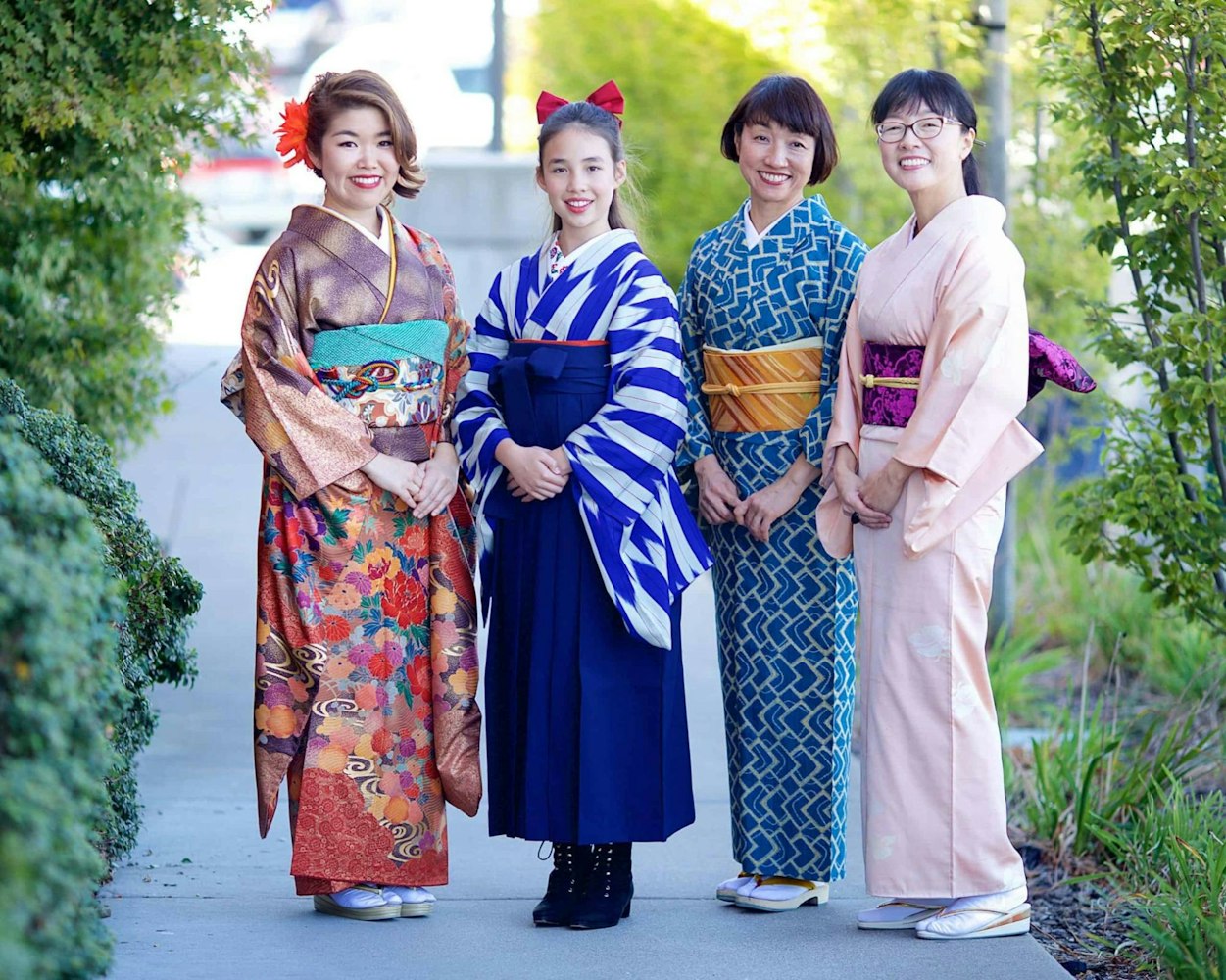
As demand surged, the textile industry flourished and embraced ever more refined techniques for weaving, dyeing, and embroidery. During this era, women gravitated towards vibrant hues and daring patterns, while the styles of women's and men's kimono became increasingly alike.
Red was a favored color among affluent women, symbolizing youth and passion, and also due to its expensive dye derived from safflower. Thus, wearing a vibrant red garment was a conspicuous demonstration of wealth.
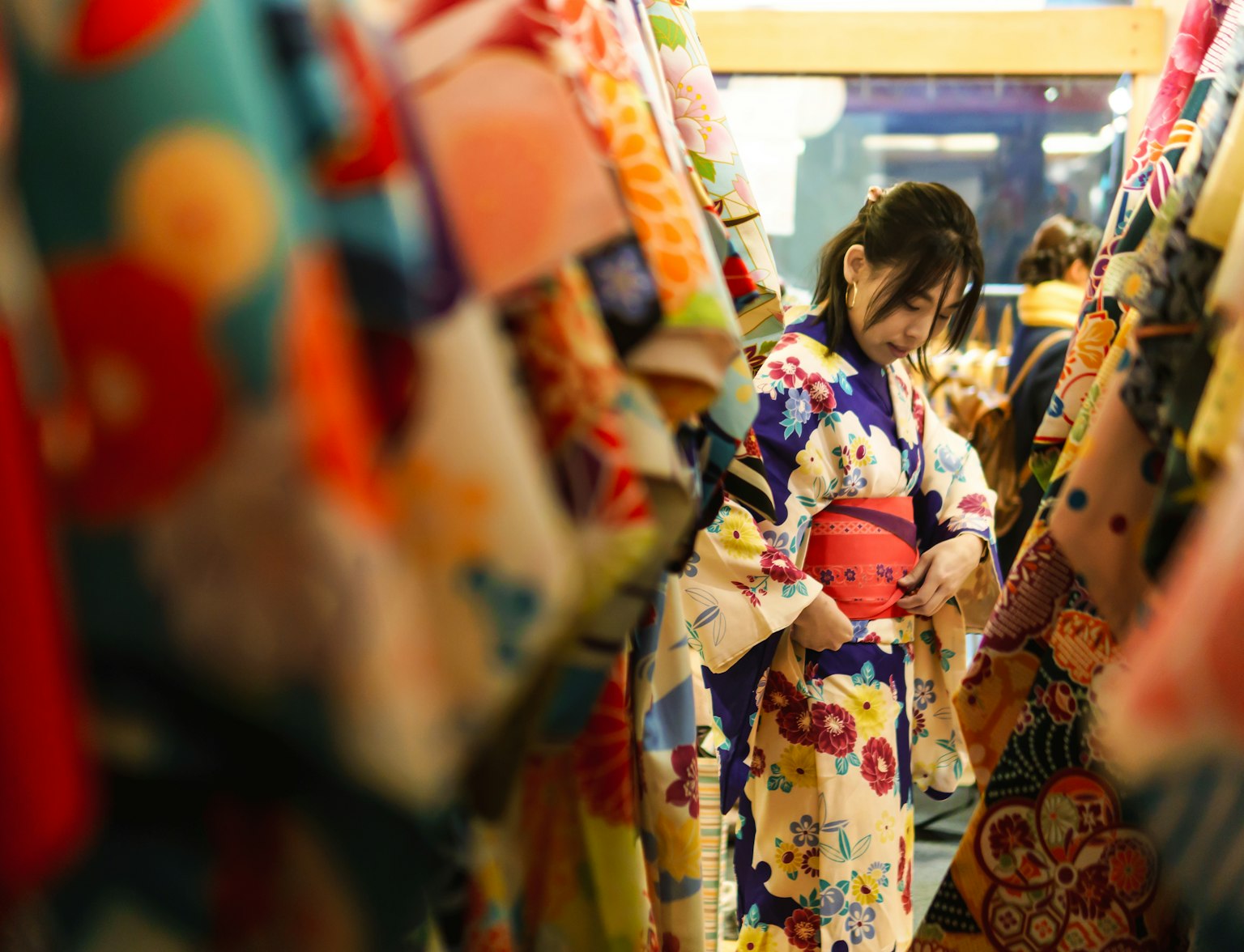
Experience making your own kimono.
The Edo period brought about a flourishing of cultural arts and entertainment. Kabuki and Bunraku theater emerged as popular forms of entertainment, appealing to both the elite and commoners.
Visual arts also flourished during this period, with renowned artists such as Hokusai and Hiroshige producing famous works depicting everyday life in Japan. These woodblock prints were widely accessible and affordable, contributing to their popularity.
During this period, a poetic meter known as "Kinsei kouta-chō" was crafted, which continues to be employed in folk songs to this day. The realm of music and theater underwent significant influence from the societal divide between the noble class and the commoners. As this divide grew wider, various art forms became more distinct and defined.
Storytelling entertainments were widely embraced by the common folk. The delightful art of Rakugo, a comical tale, and kōdan, a captivating historical narrative, found their home in a dedicated theater known as Yose.
In the present day, you can still visit the Yose and experience the art firsthand.
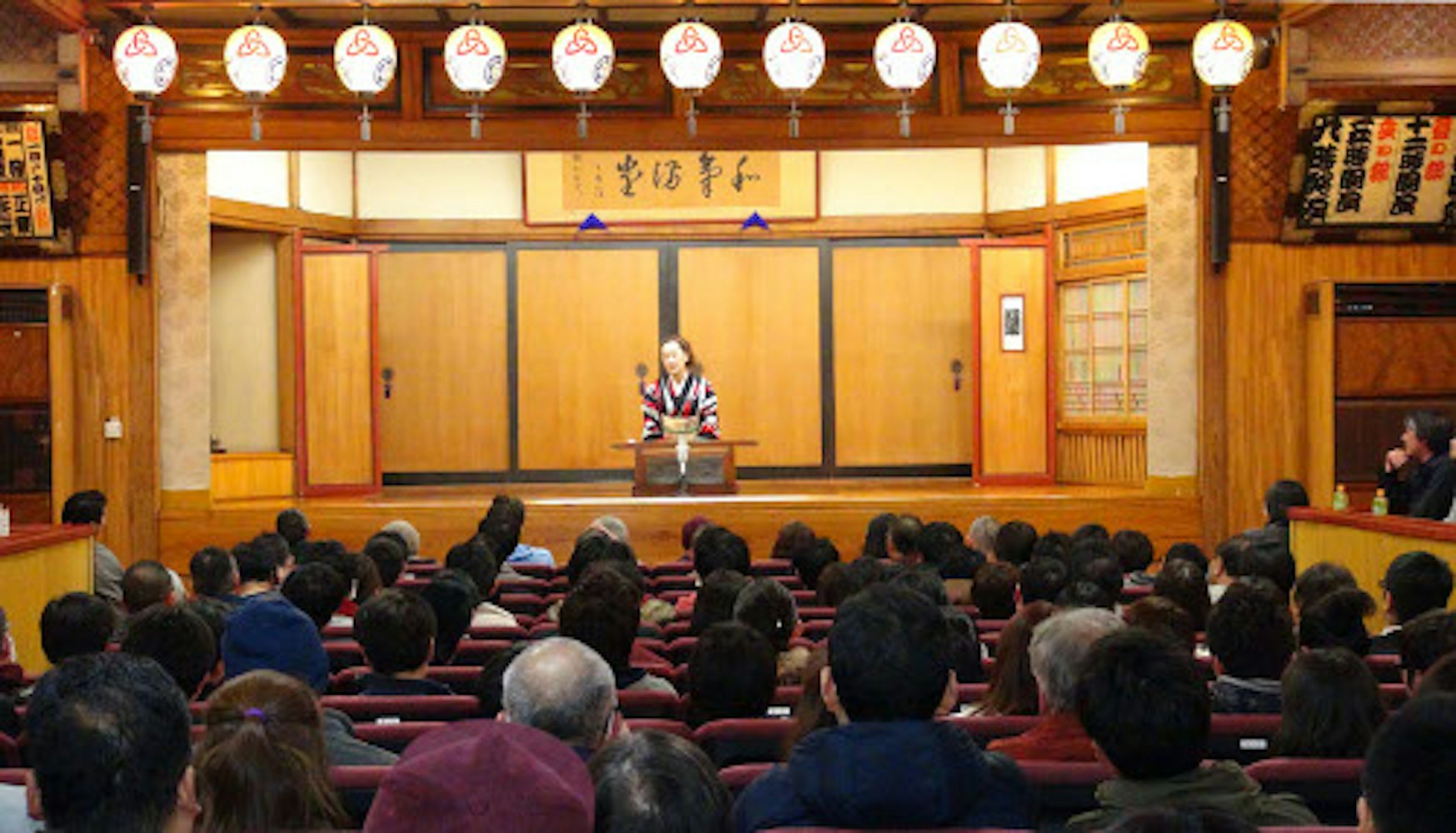
The emergence of Izakaya (Traditional Japanese Pubs) was another significant development in the Edo period, providing a space for people to gather and enjoy food, drink, and entertainment.
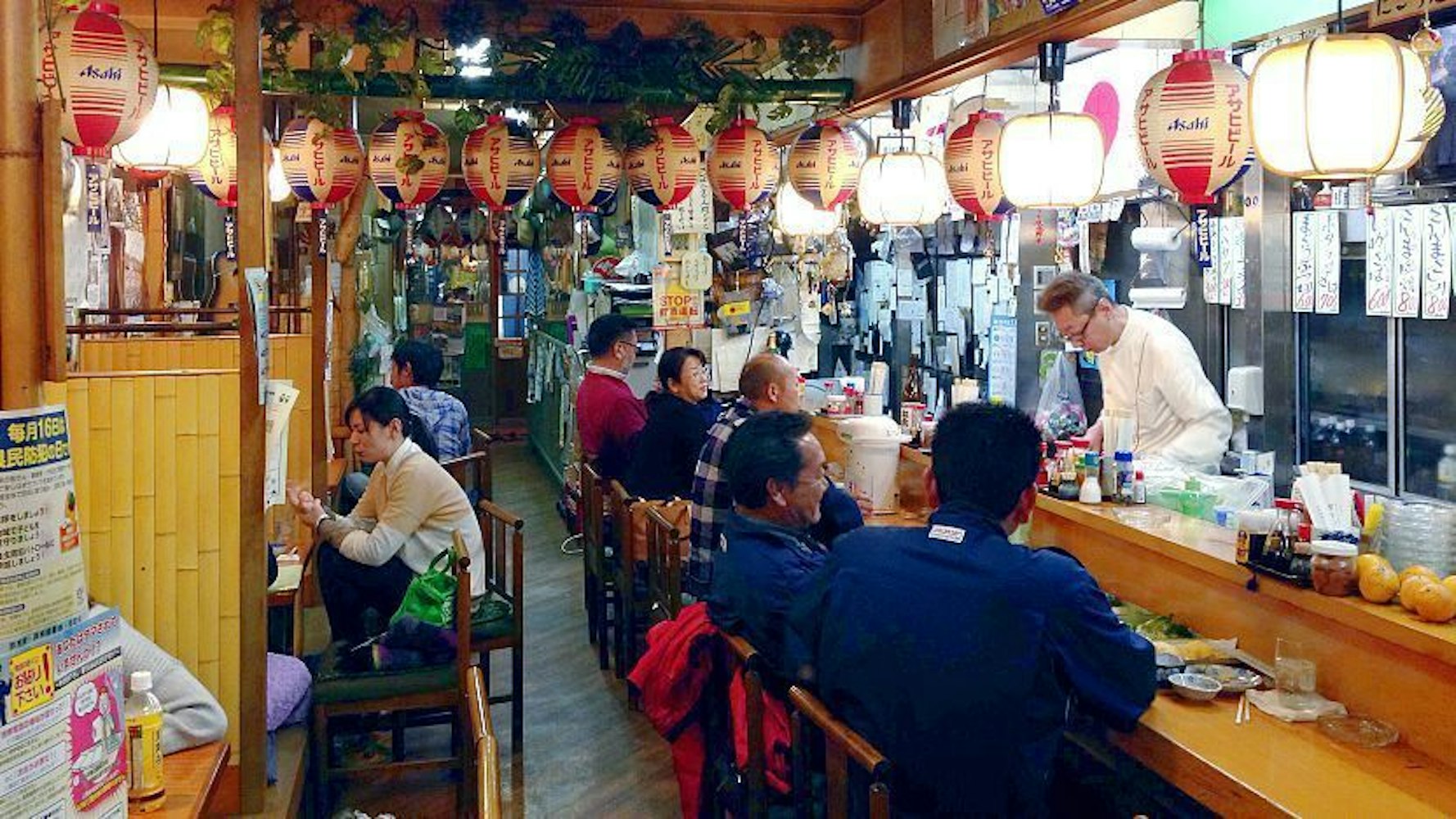
Other forms of art such as pottery, lacquerware, papermaking, calligraphy, and weaving flourished during this period. This artistic development has continued to be seen in modern Japan, with the emergence of contemporary artists such as Yayoi Kusama and Takashi Murakami.
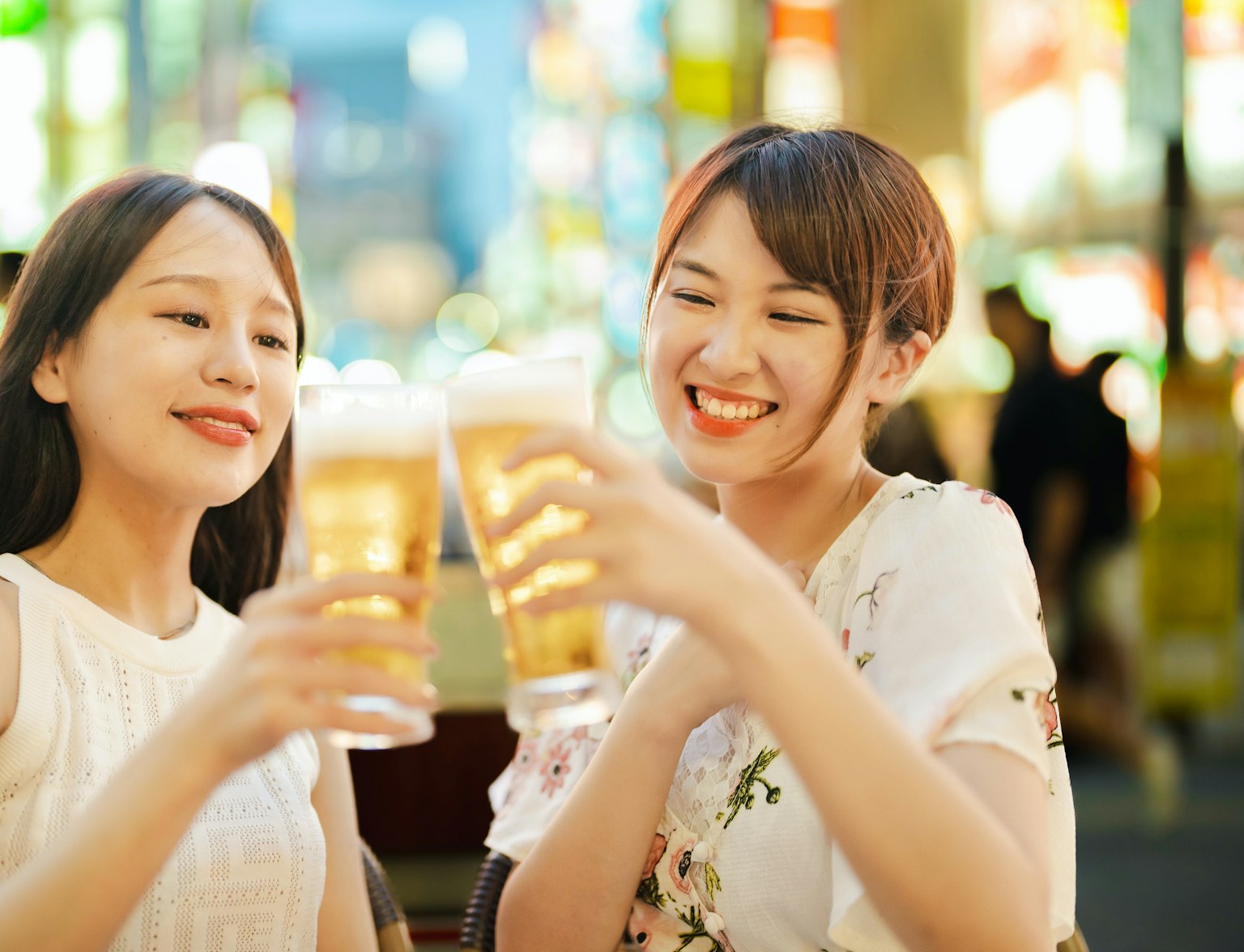
Stroll through the izakayas in Shinjuku, Tokyo.
The Edo period witnessed a major shift in architecture, from traditional styles such as “Shinden-zukuri” and “Kuruma-zukuri” to newer ones like “Nagaya-zukuri” and “Kawara-zukuri”. The Edo period also saw the popularization of townhouse architecture such as “Machiya”, which is still visible in many cities today.
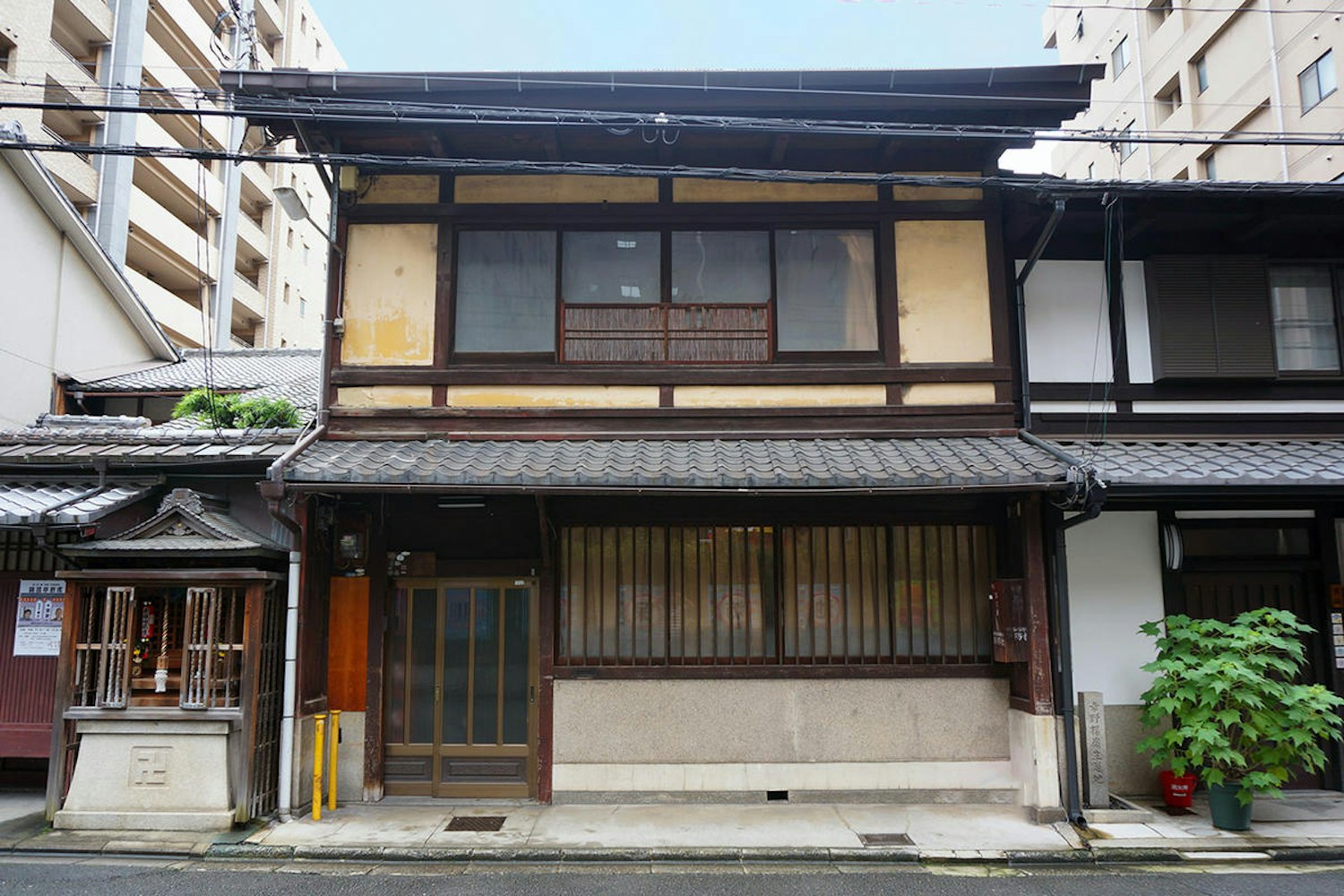
The period was characterized by the emergence of distinctive Japanese gardens, featuring intricate rock arrangements and water features that highlighted Japan's natural beauty. This style of garden is still popular today and is seen in many gardens across the country.
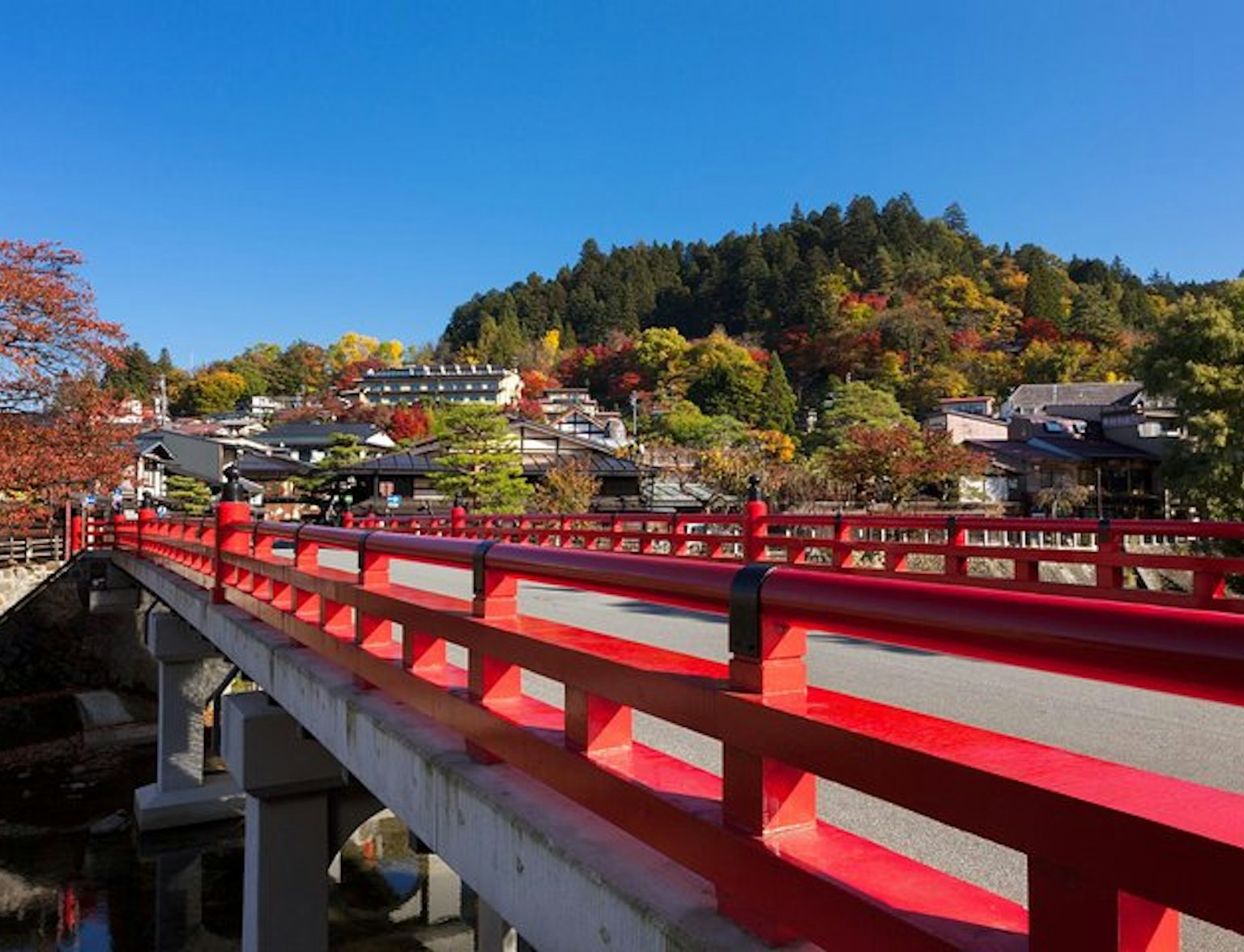
Witness the machiya-type homes in Takayama.
The Edo period saw the emergence of a distinct cuisine that combined influences from different regions of Japan. The cuisine was heavily influenced by Buddhist and Shinto beliefs, with an emphasis on fresh ingredients and simple cooking methods.
Some notable dishes that originated during this time include sushi, ramen, and tempura. These dishes have become staples in Japanese cuisine, both domestically and internationally.
The Edo period also saw the emergence of Sake (Japanese rice wine) as a popular alcoholic beverage. This drink was often consumed during special occasions and celebrations, but it also became an essential part of everyday life for many people.
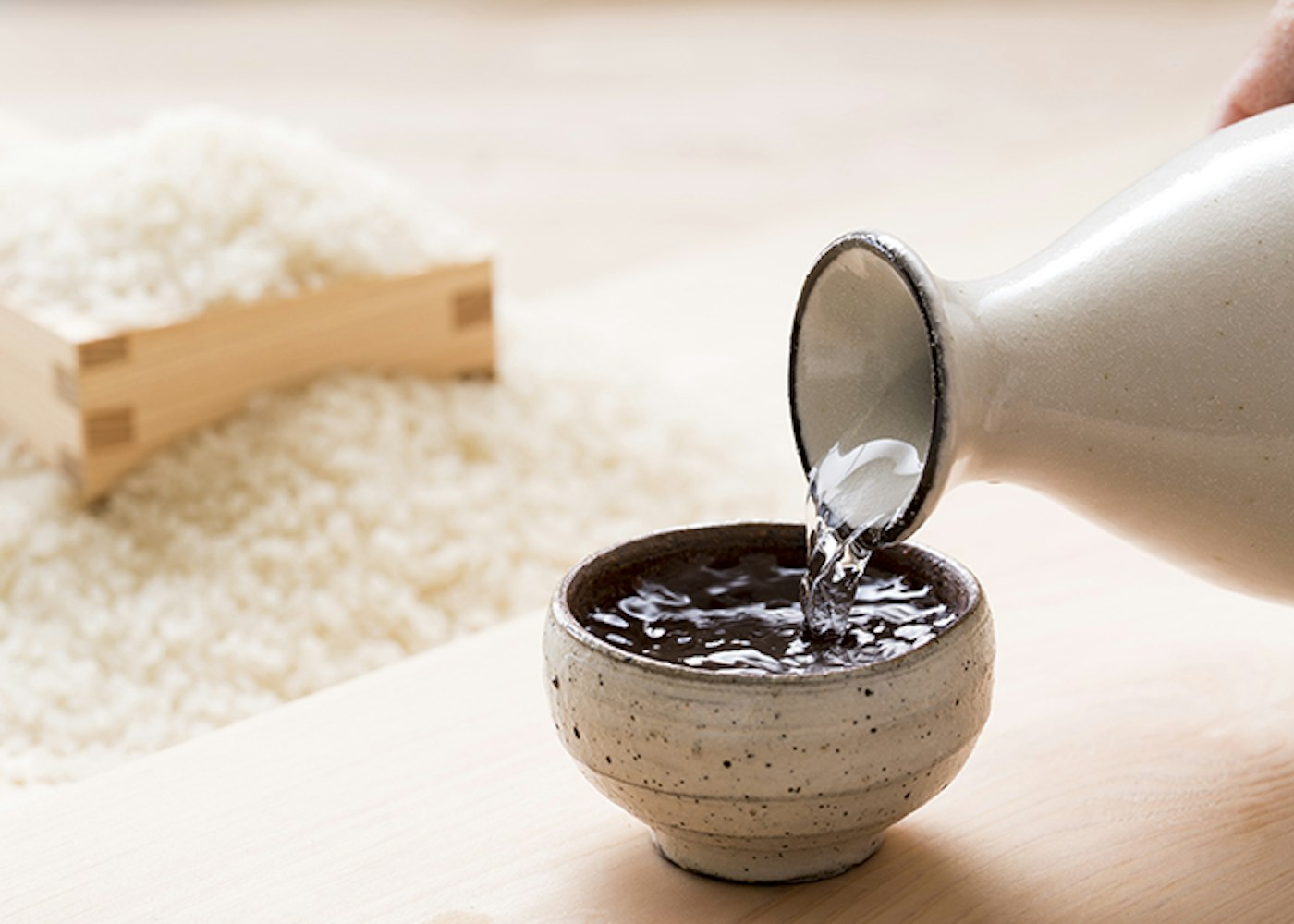
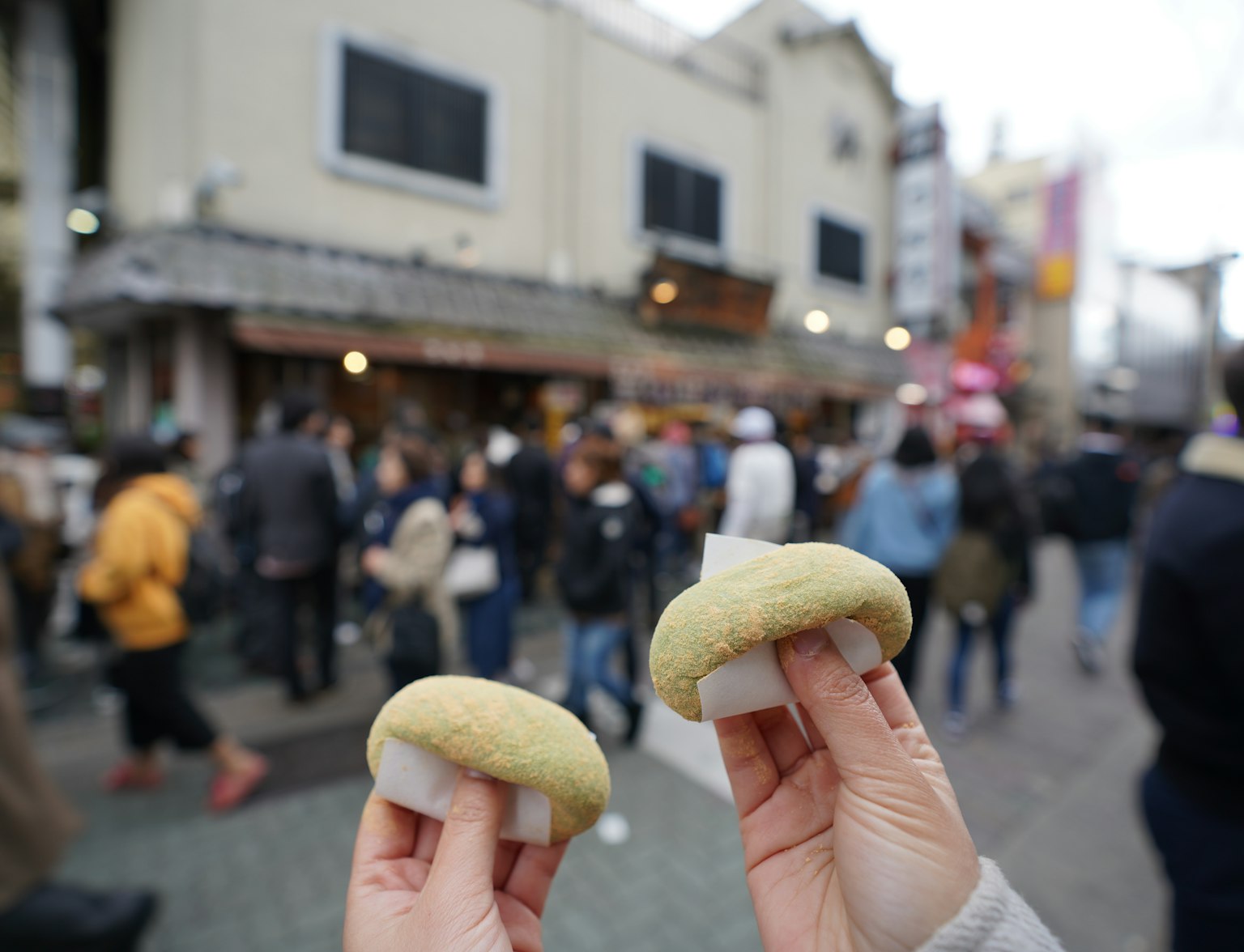
Have a taste of sake in Nara.
The Edo period came to an abrupt end in 1868 when a group of samurai and imperial courtiers overthrew the Tokugawa shogunate. The new Meiji government sought to modernize and westernize Japan, leading to significant changes in society, culture, and politics.
Today, Japan's Edo period can still be experienced through various cultural attractions and preserved sites. Some notable places include Asakusa, a district in Tokyo that has preserved its traditional atmosphere from the Edo period, and Kanazawa, a city known for its well-preserved samurai and geisha districts.
Various museums also offer exhibitions on the Edo period, showcasing artifacts and artworks from this era. Japanese traditional festivals such as Nagasaki Kunchi and Chichibu Night Festival also have roots in the Edo period and continue to be celebrated today.
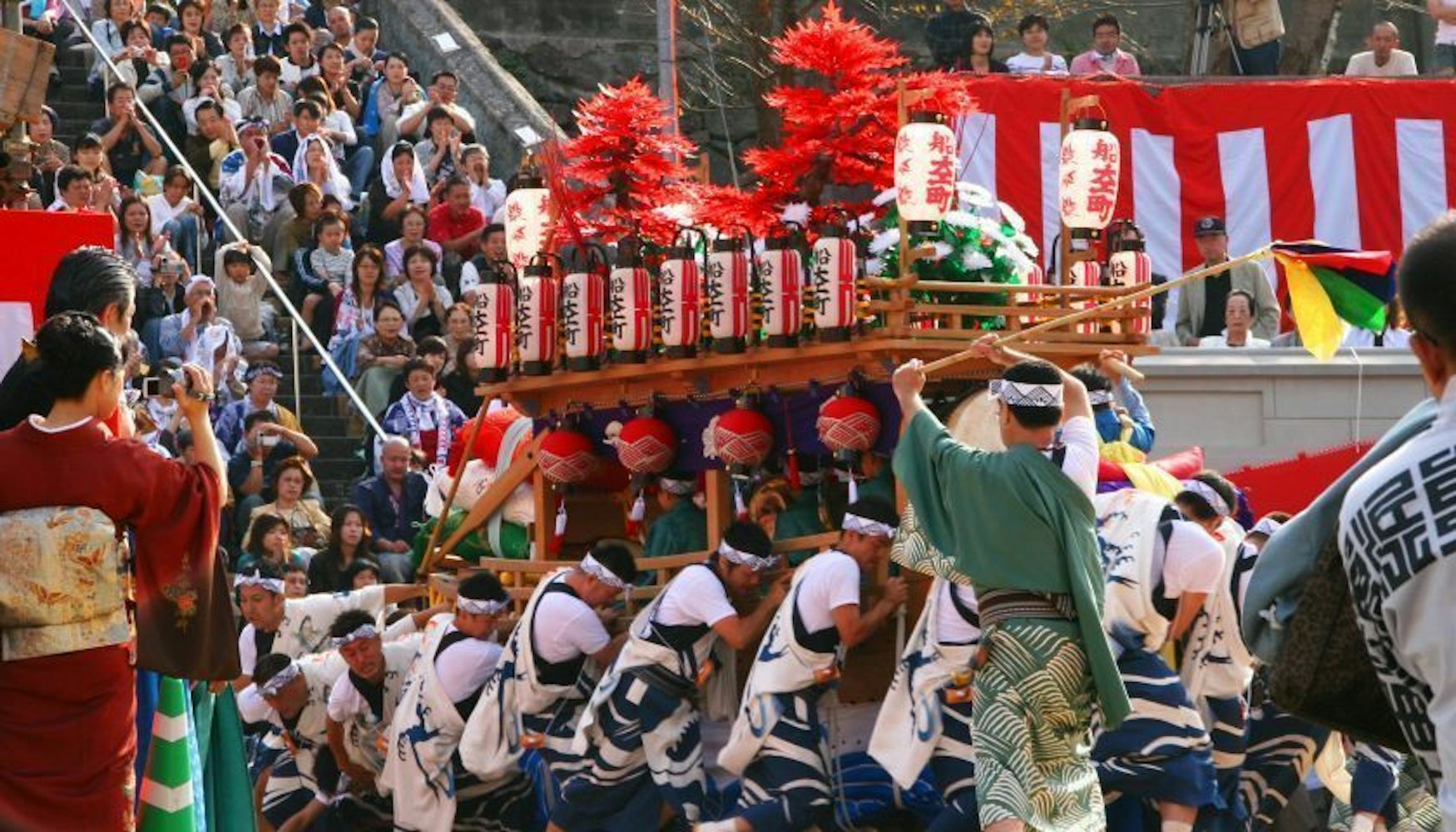
Here are the 9 must-visit destinations in Japan that are linked with the Edo period:
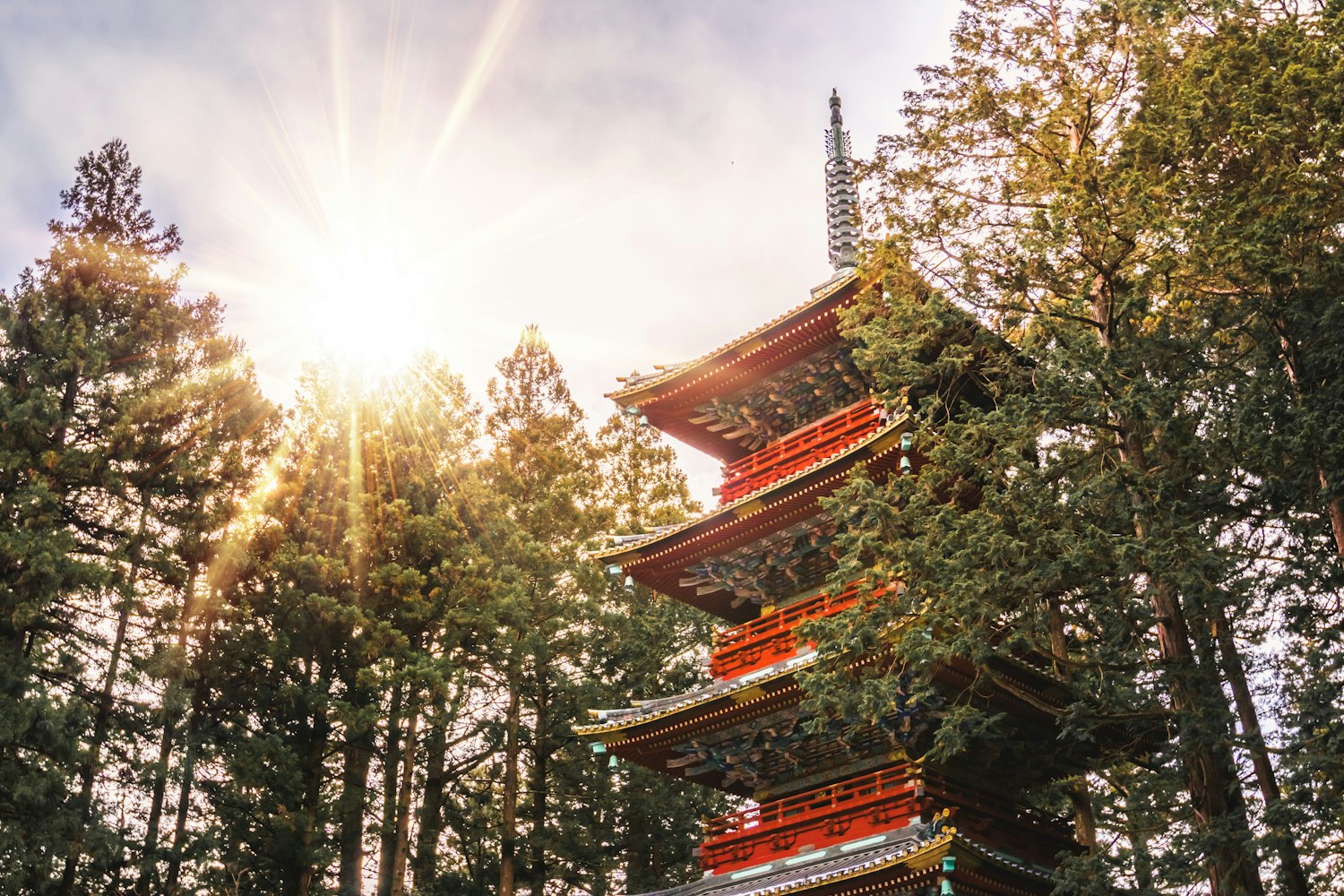
Nikko, a UNESCO World Heritage Site, is home to the lavish mausoleum of Tokugawa Ieyasu, the founder of the Tokugawa shogunate which ushered in the Edo Period.
The site's intricate architecture and stunning natural setting make it a must-visit destination for anyone looking to experience the Edo Period firsthand.
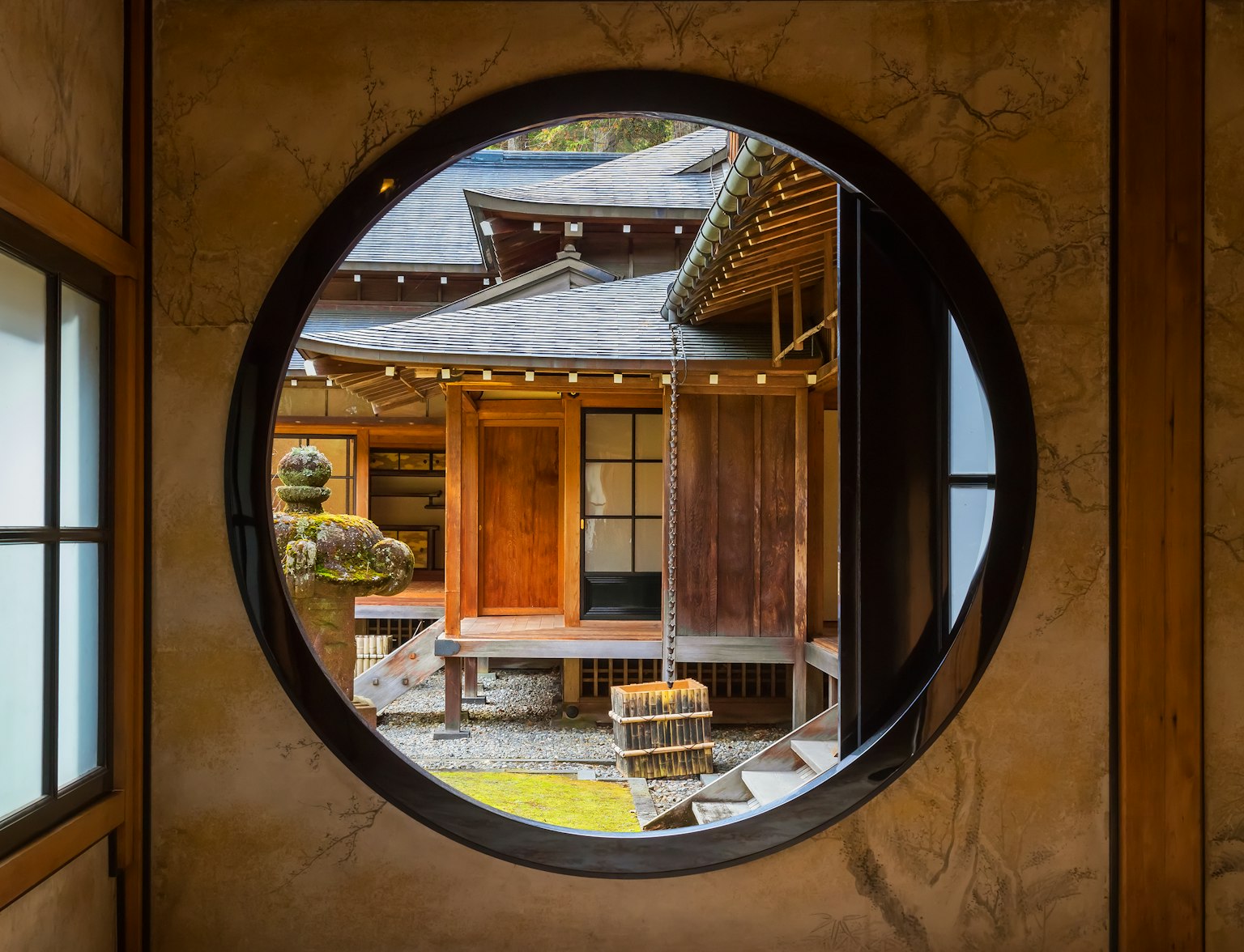
Visit Nikko with this tour.

Edo Castle served as the residence of the shogun, and its remains can still be seen in Tokyo's Imperial Palace. The Edo Watch Tower is a modern reconstruction of this castle's main keep and offers visitors a glimpse into its grandeur.
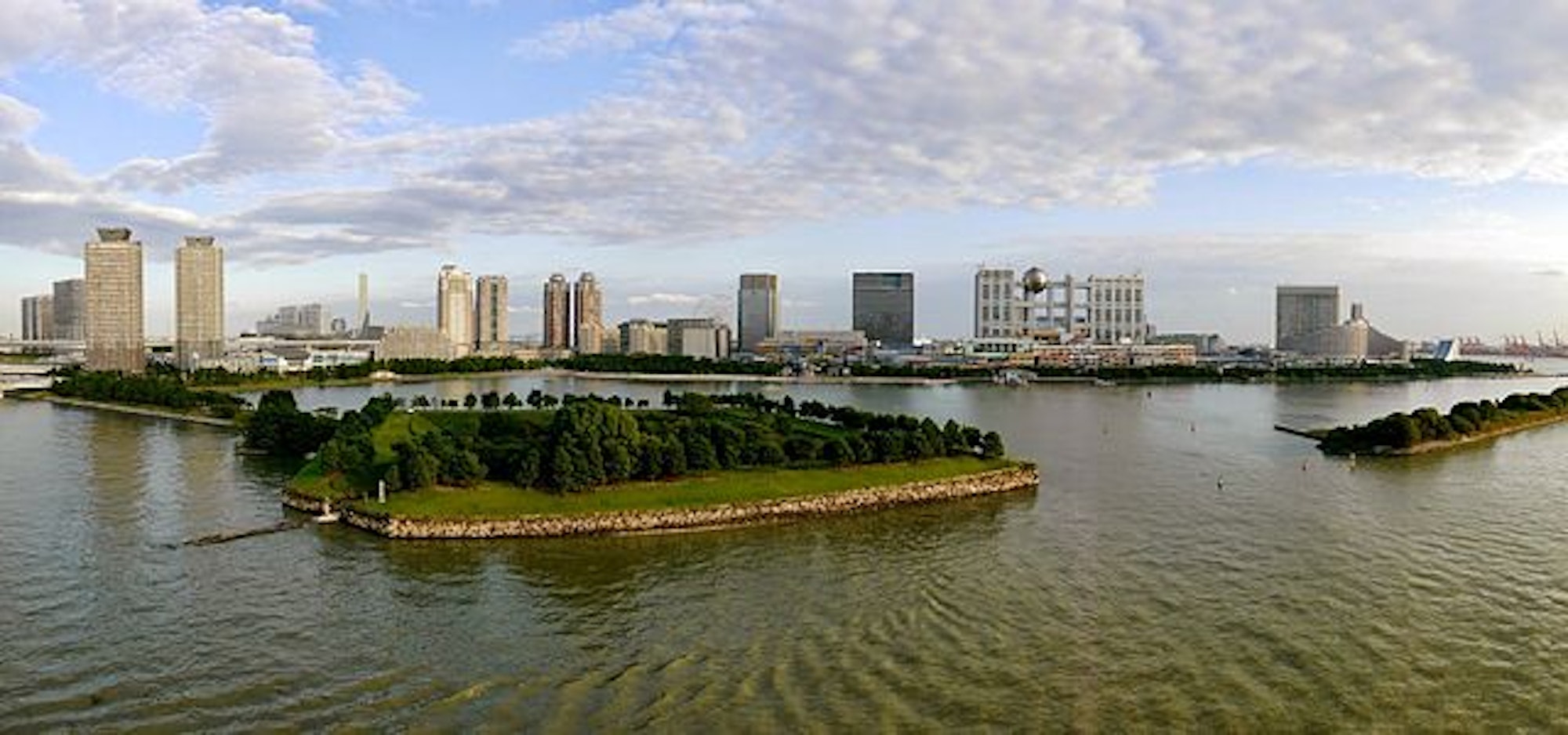
Located in Tokyo Bay, Dai-Roku Daiba Island is home to an Edo-era fortress and offers a glimpse into the period's military history. Visitors can explore the fortifications and enjoy panoramic views of the city from atop the island's walls.
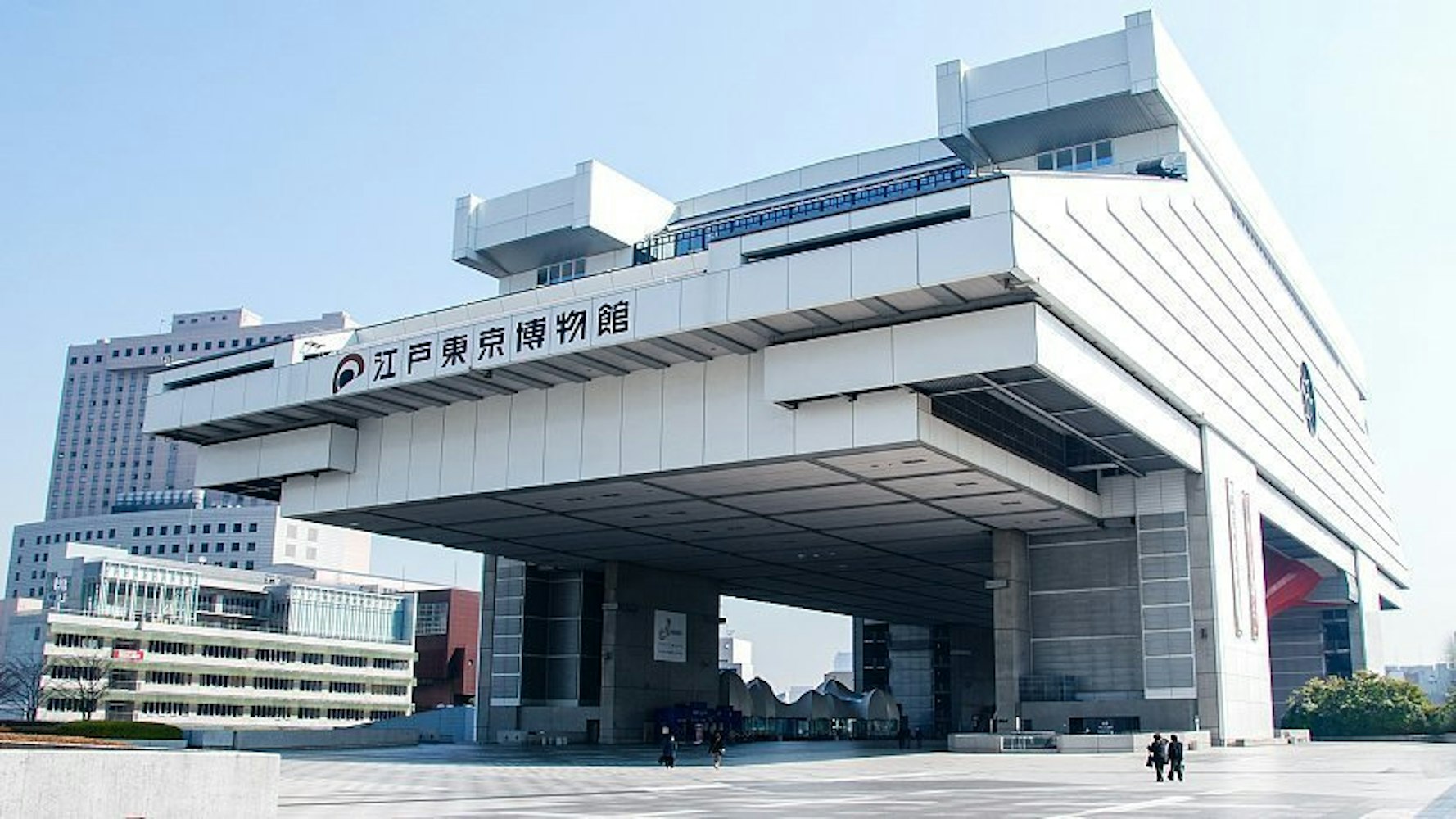
Located in Tokyo, the Edo-Tokyo Museum offers a deep dive into the history and culture of the Edo Period. Visitors can explore meticulously recreated historical buildings, view fascinating exhibits, and learn about the lifestyle of both the nobility and the commoners during this era.
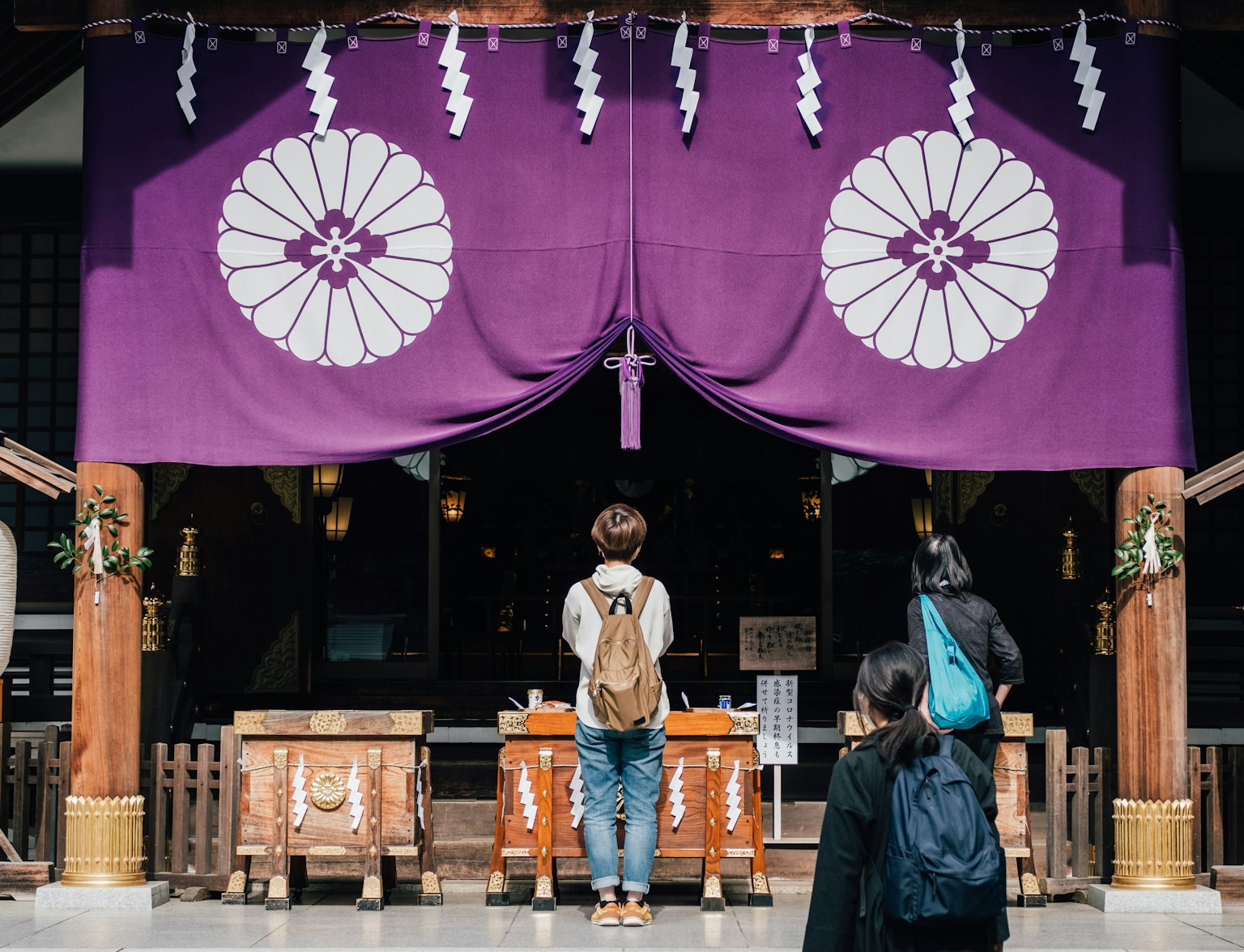
Edo-Tokyo museum is one of the itineraries here.
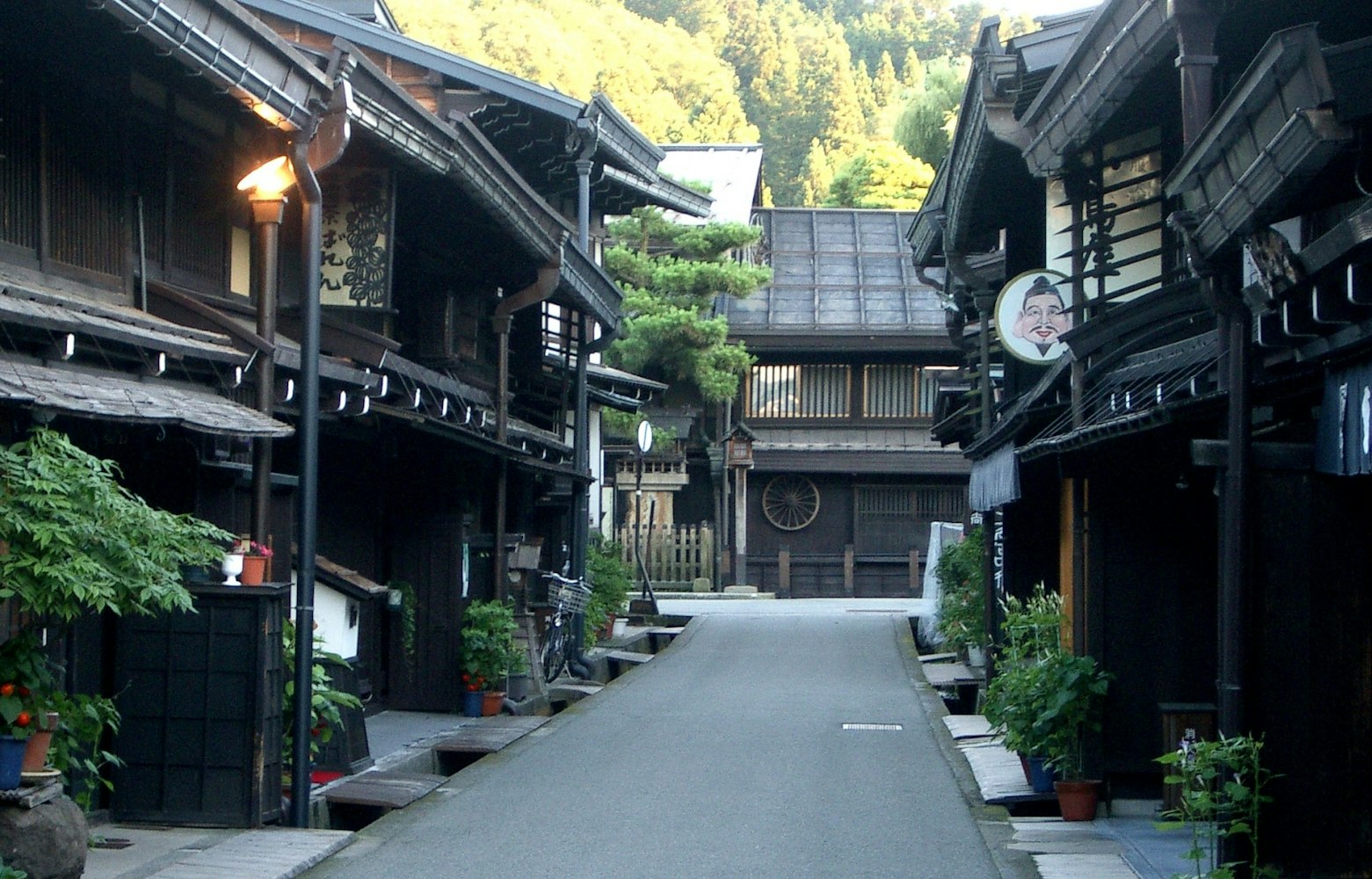
Known as "Little Kyoto," Hida Takayama offers a well-preserved slice of Edo Period life with its charming old town, traditional sake breweries, and the Takayama Jinya, a historical government house that has been standing since the Edo era.
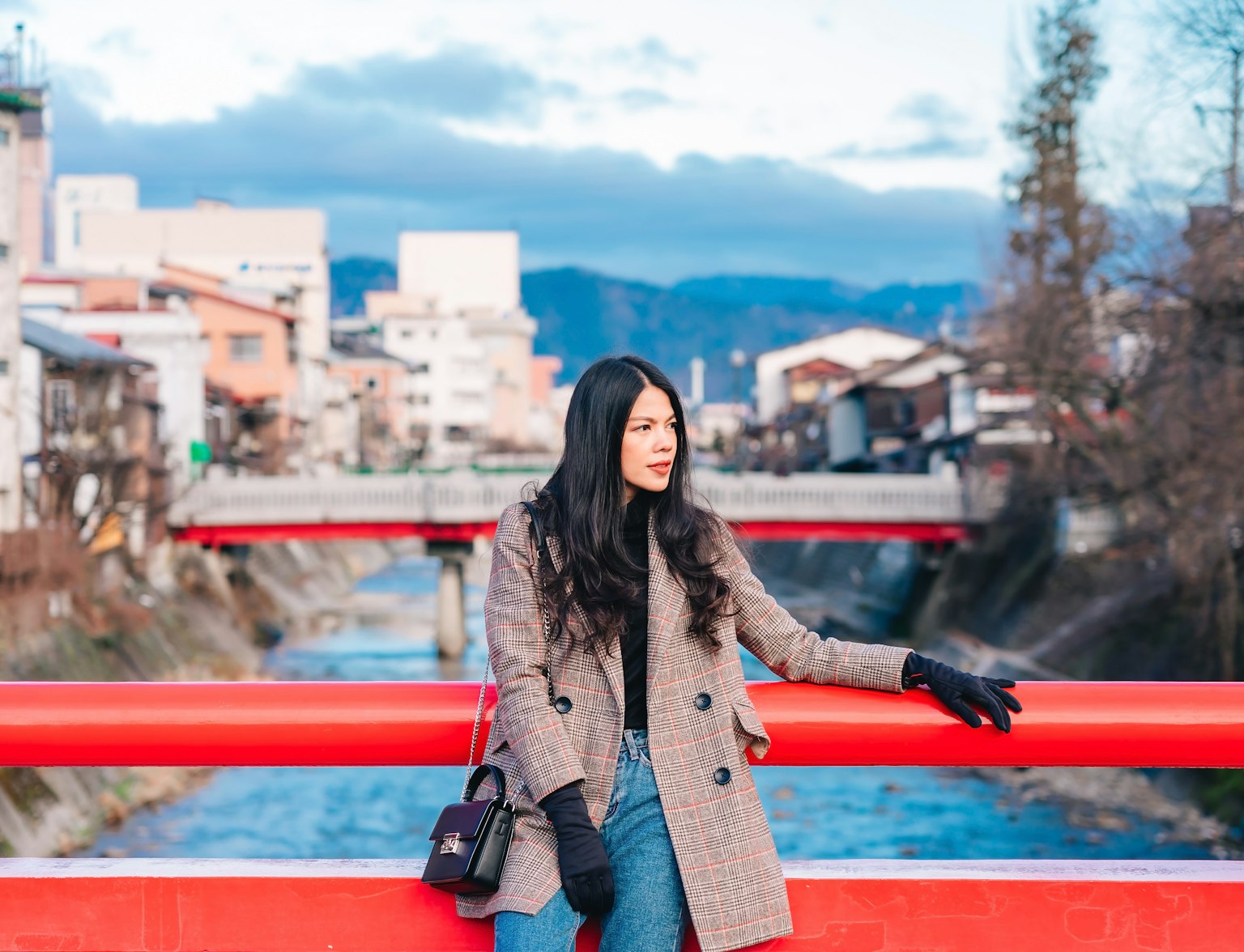
Witness the beauty of Hida Takayama with this tour.

Renowned for its well-preserved samurai and geisha districts, Kanazawa offers a glimpse into the rich cultural heritage of the Edo period. Its flagship attraction, Kenrokuen (Pictured Above), is considered one of Japan's top three landscape gardens.

Just a short trip from Tokyo, Kawagoe is known for its Kurazukuri Street, a charming district lined with traditional clay-walled warehouse-style buildings from the Edo era. Visitors can experience the feel of an old merchant town, visit historic candy shops, and explore ancient temples.
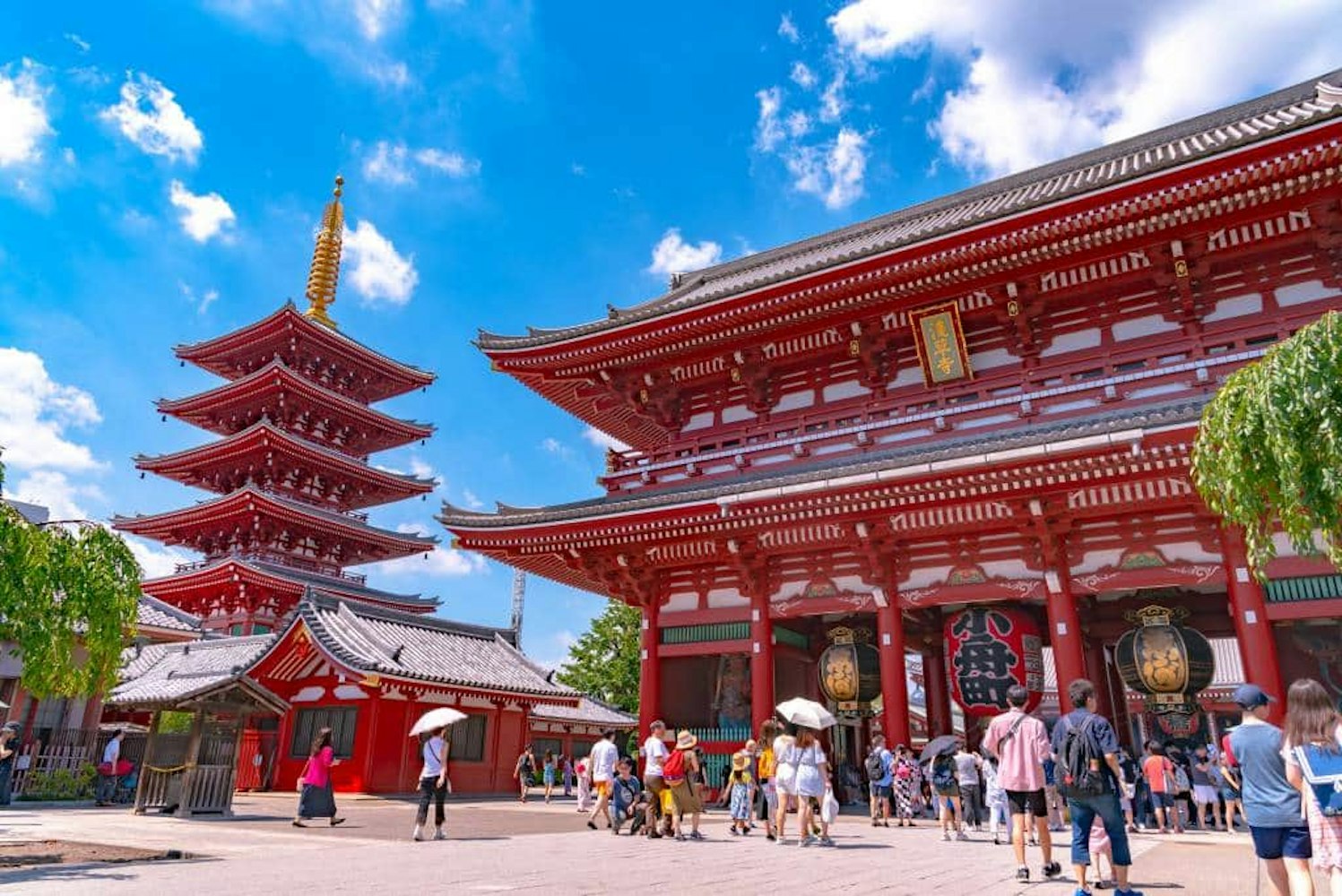
Asakusa is a bustling district in Tokyo that has managed to preserve its traditional atmosphere from the Edo period. Visitors can experience the vibrant energy of old Japan by strolling through its famous Sensoji Temple and Nakamise shopping street, filled with traditional food and souvenirs.
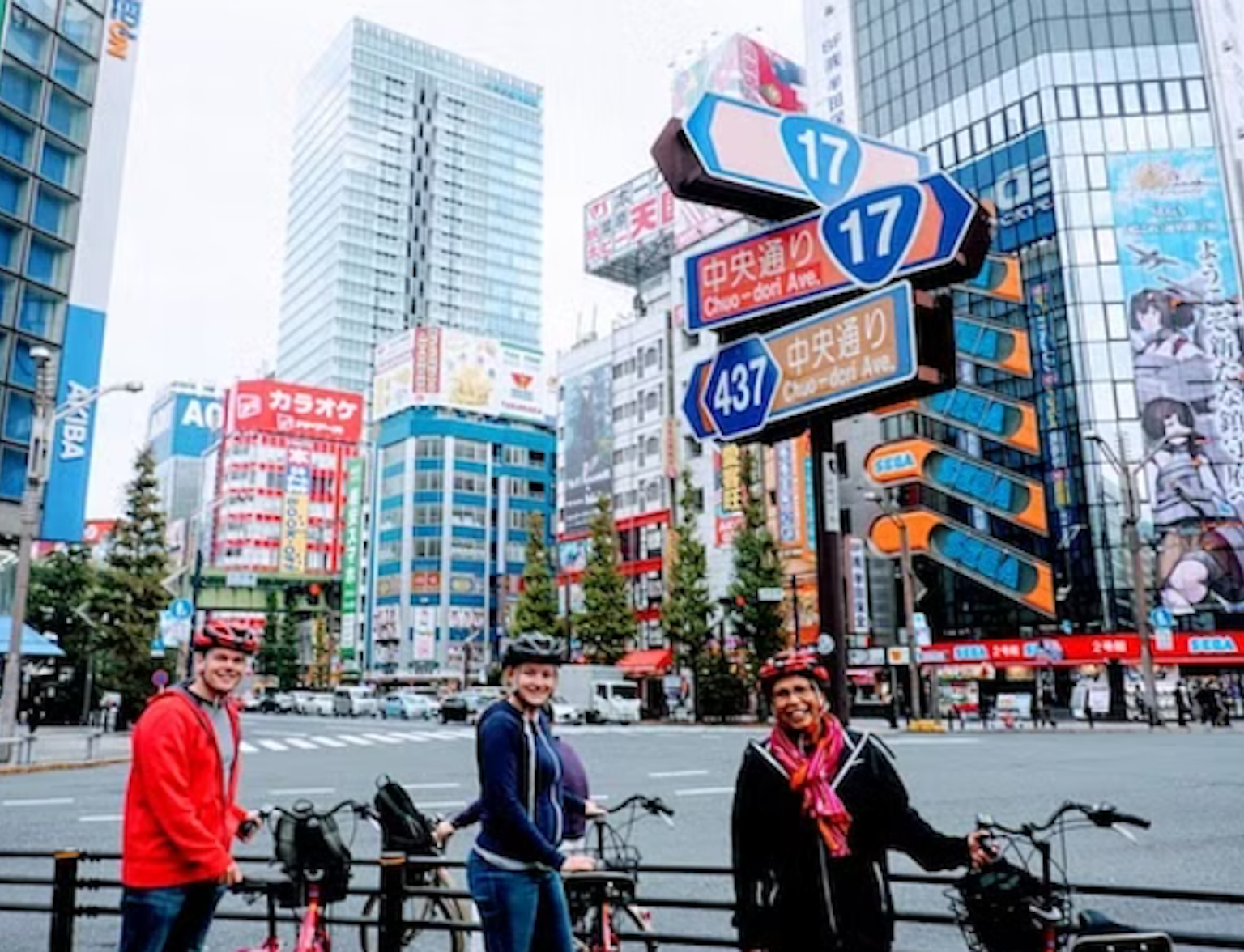
Explore Asakusa and visit Senso-ji Temple.
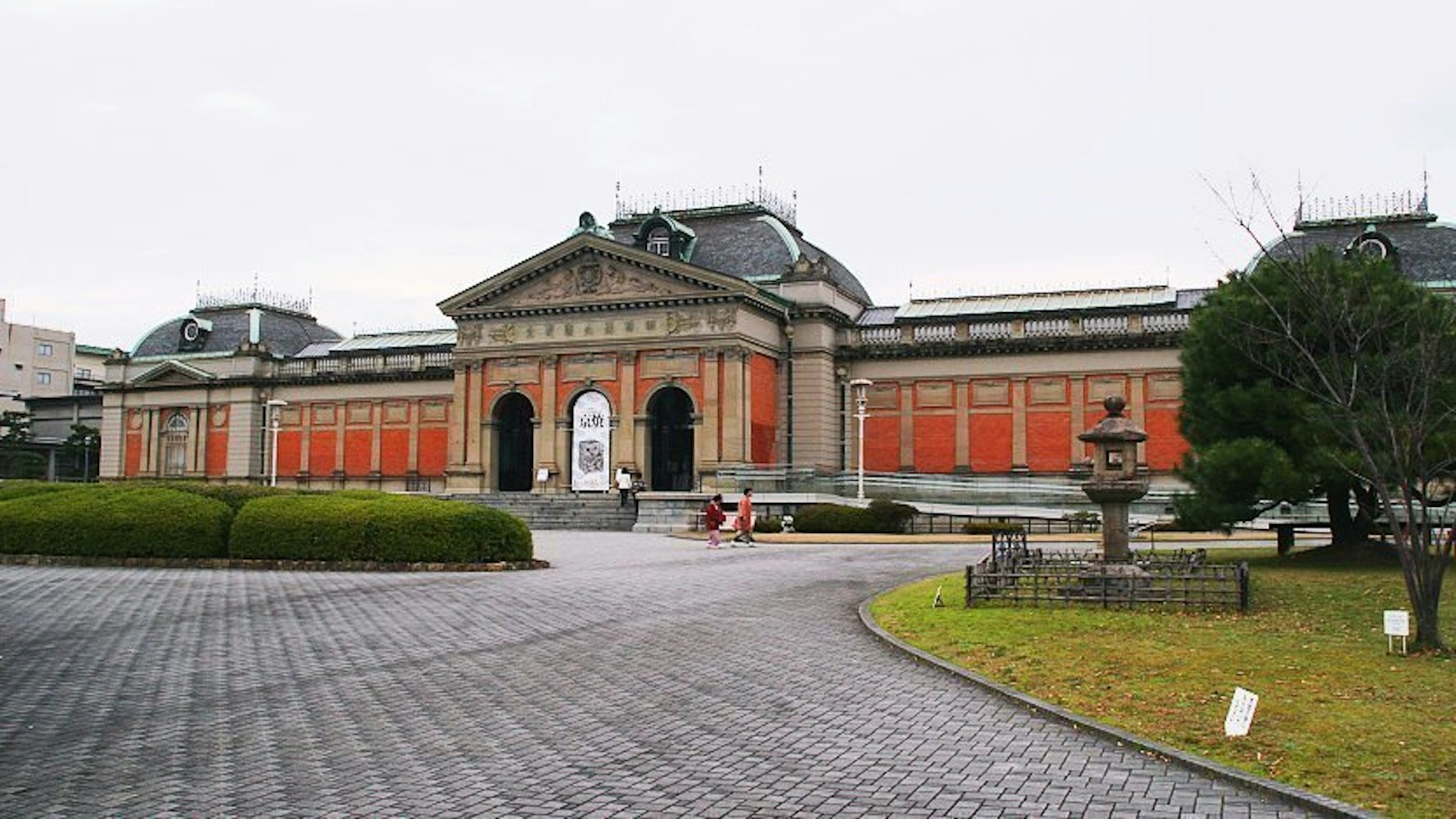
The Kyoto National Museum houses an impressive collection of artifacts and artworks from the Edo period, providing a comprehensive understanding of the era's cultural significance. It also offers unique exhibitions on samurai culture and the traditional tea ceremony.
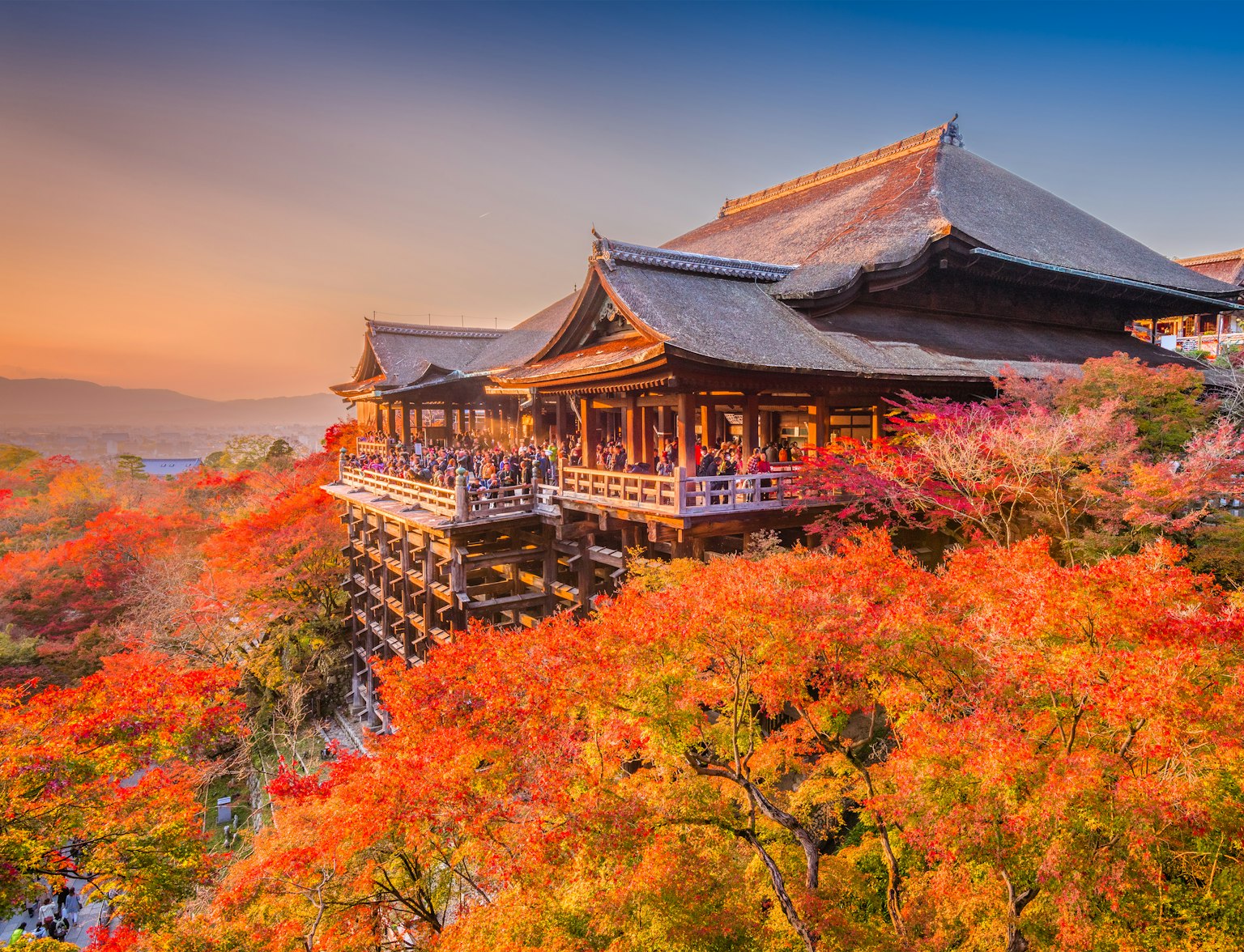
Visit Kyoto National Museum with this bus.
Are you ready to experience the charm and beauty of Japan's Edo Period? Book a trip with Trip To Japan to explore these top destinations and more!
With our expert guides, transportation, and accommodation arrangements, we will ensure that your journey through Japan's history is both informative and unforgettable. Experience the magic of the Edo period with us today!
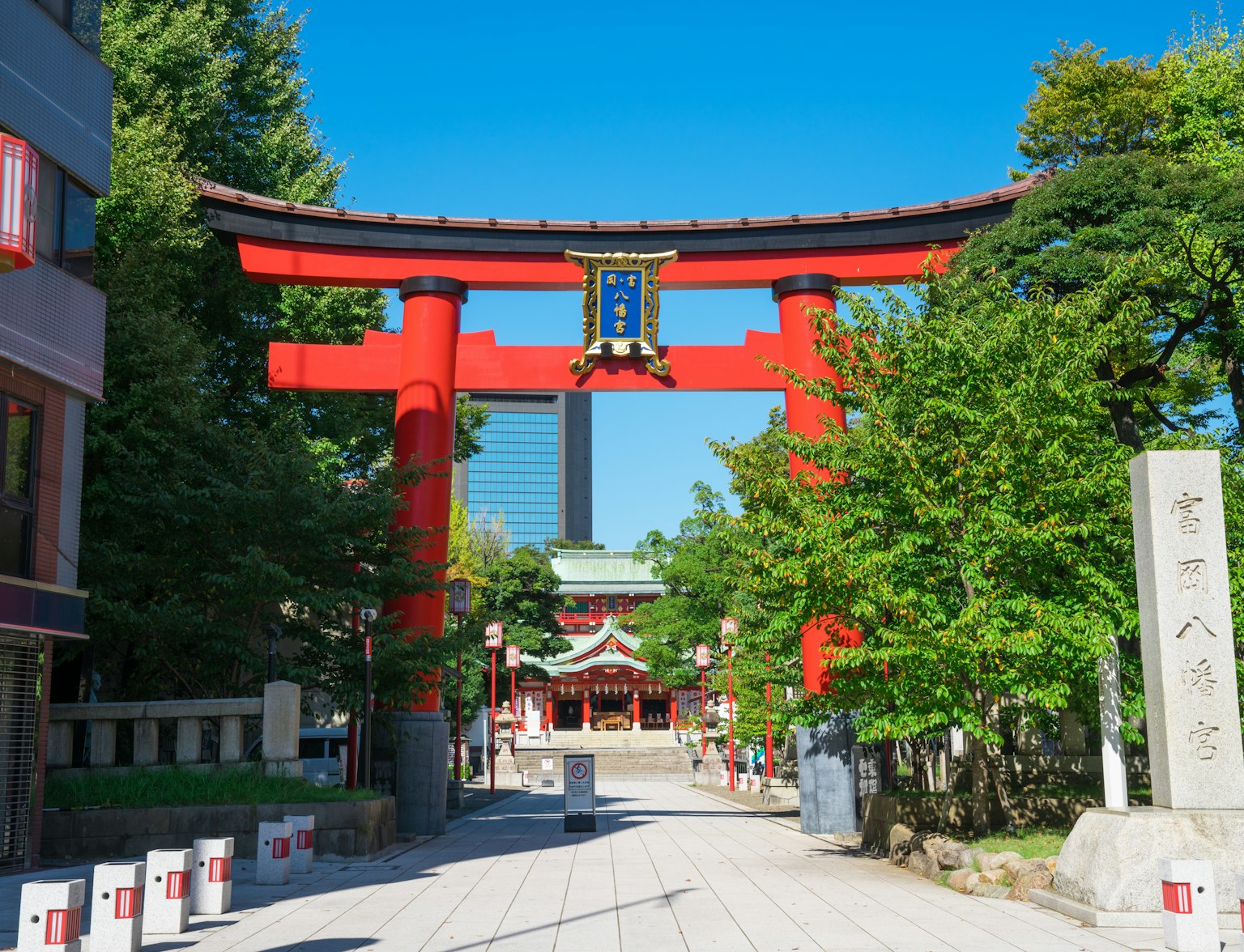
Discover Edo Tokyo with a private walking tour.
